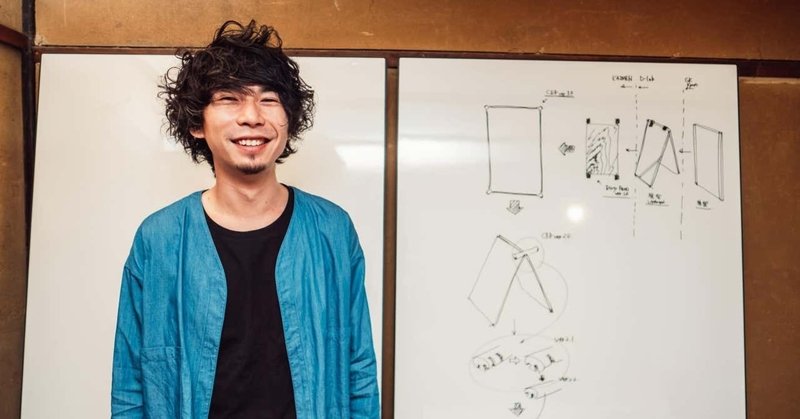
ideaboard® Series: Product Development Story #1_ The Idea|On Persistently Nurturing a Seed Idea
In December 2019, NKC Nakanishi Metal Works Co., Ltd.(referred to as NKC in the following) launched their new whiteboard, “ideaboard®.”
Ideaboard combines the concept of lightweight and durability, crafted upon a design that stimulates action varying from recording and sharing ideas to spatial composition. Although extremely minimalistic in its form, the whiteboard, free from any kind of direction-related limitations (up/down/right/left/front/back) can be used flexibly, including being laid flat. Praised for the realization of a self-standing board constructed with minimum components, ideaboard has received both the iF Design Award and Good Design Award, in the same year of its launch.
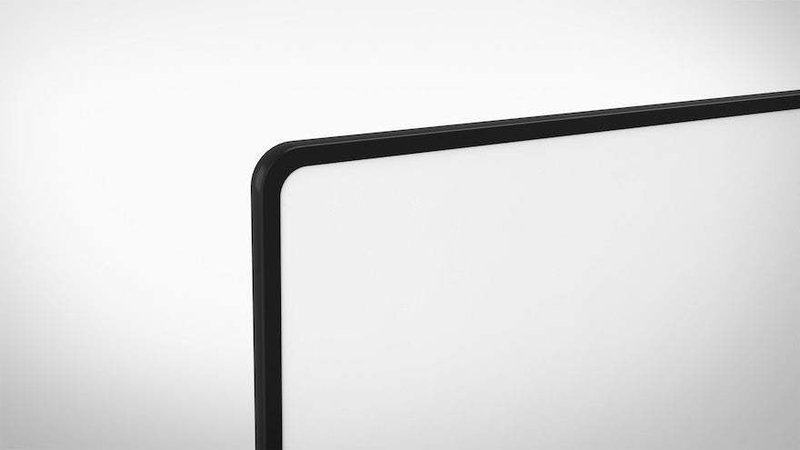
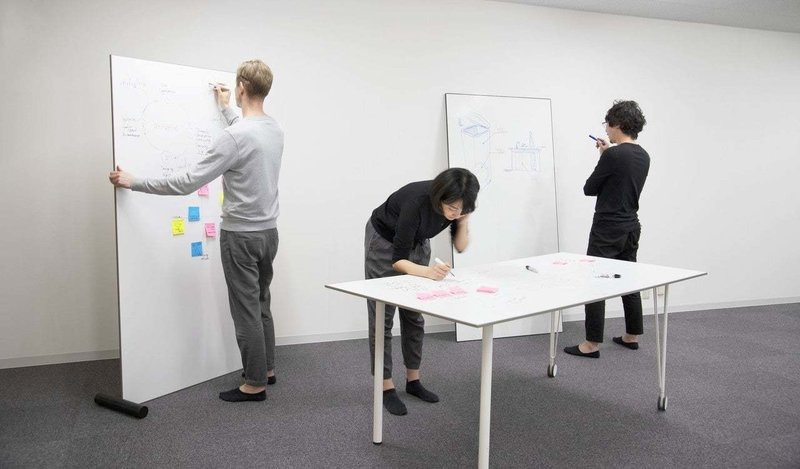
With designers inviting engineers and users to join them on countless prototyping projects, the development process became a practical site of “manufacturing through design thinking.” Unraveled from the project members themselves, this series records the story of how the ideaboard was brought to life, and into ours.
We first hear from ideaboard’s initial proposer, Riku Nagasaki, head of “KAIMEN”, the business design team at NKC which reports directly to the president. He sits down to talk to us on how he—with experience studying design business in Kyoto and overseas—conceived the idea of ideaboard and how it all began.
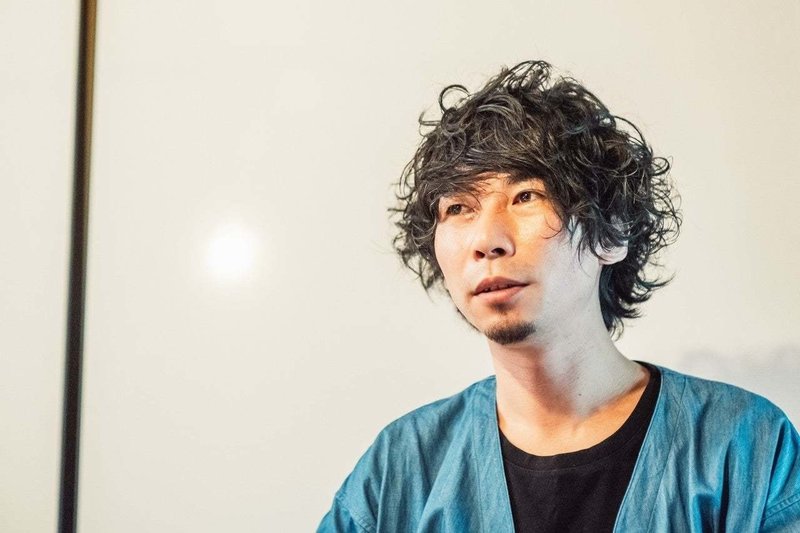
Riku Nagasaki
head of KAIMEN
NKC BUSINESS DESIGN CENTER
1. ideaboard: “The cutting board of ideas”
—ideaboard is a “new whiteboard.”
If I were to explain ideaboard in my own words, I would call it “the cutting board of ideas.” I understand it as the best place for people to come together with ideas and cook them up, regardless of what the scene is.
Initially, I just wanted “a light whiteboard.”The major functions of a whiteboard are to “write with a marker,” “stick post-its,” and “put up documents,” but I was thinking about how those functions could be elevated to reach higher satisfaction, or how we could make it easier to carry around. Ideaboard is a whiteboard, but as we moved forward with the development process, I felt it was something slightly different.
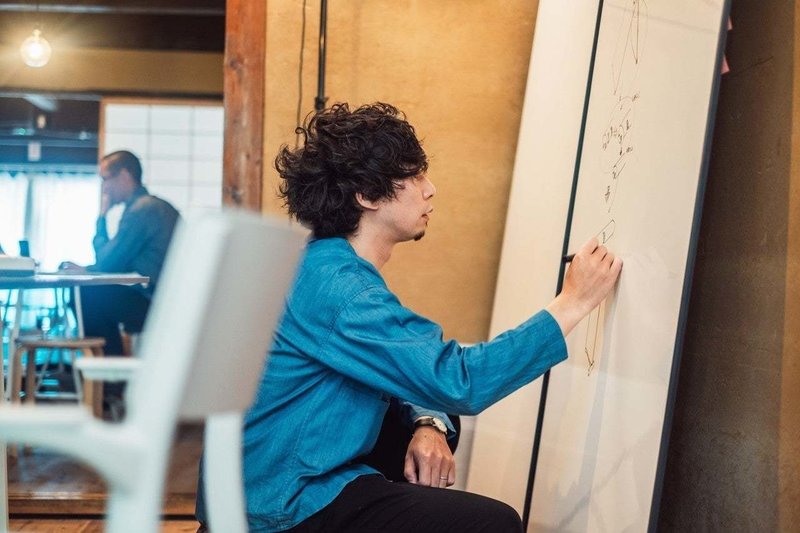
2. An experience In Finland: redefining the concept of whiteboards
—When was it that you encountered your initial seed idea for ideaboard?
The experience I had at Aalto Design Factory during my study abroad in Finland was huge. There were countless opportunities to use whiteboards there.
Turning the clock back a bit, whiteboards played a massive role during my university years in Kyoto. There happened to be a research center for workplaces next door, and as the faculty of the design lab I belonged to was aware of the significance of whiteboards, they were fast in utilizing them. However, whiteboards were used solely to put up design sketches, and we rarely used them to have discussions based on what we wrote on them.
That changed when I went to Finland. On top of being in a multinational, multireligious, multilingual environment, I had to have idea-cultivating discussions with people from completely different fields, ranging from designers, engineers, to businessmen. At the time, I couldn’t speak English, so I had to rely on drawings. Even the school curriculum was built on the standpoint that everything should be visualized.
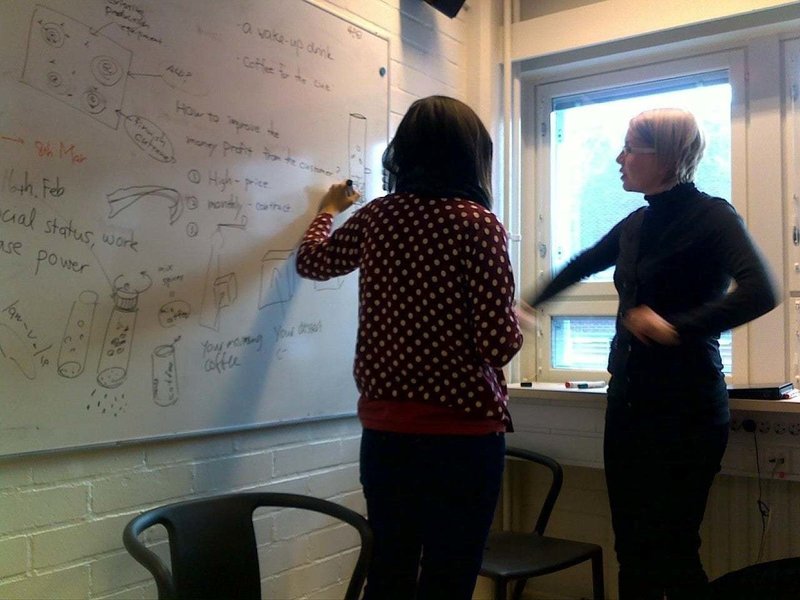
—So, working with a group of people without a common language, you needed an alternative way to visualize.
In our world, we have cultures that embrace verbal communication and ones that don’t, and I feel both have their merits. However, regarding new ideas and solving issues that people have not yet considered as or noticed to be an issue, we need to visualize those unspoken issues so that everyone can understand. The “place” where everyone can gather to do so is very important.
From this perspective, whiteboards were distinctly convenient. They became something I couldn’t do without in order to communicate with others. My experience in Finland drastically changed my view on how to use a whiteboard.
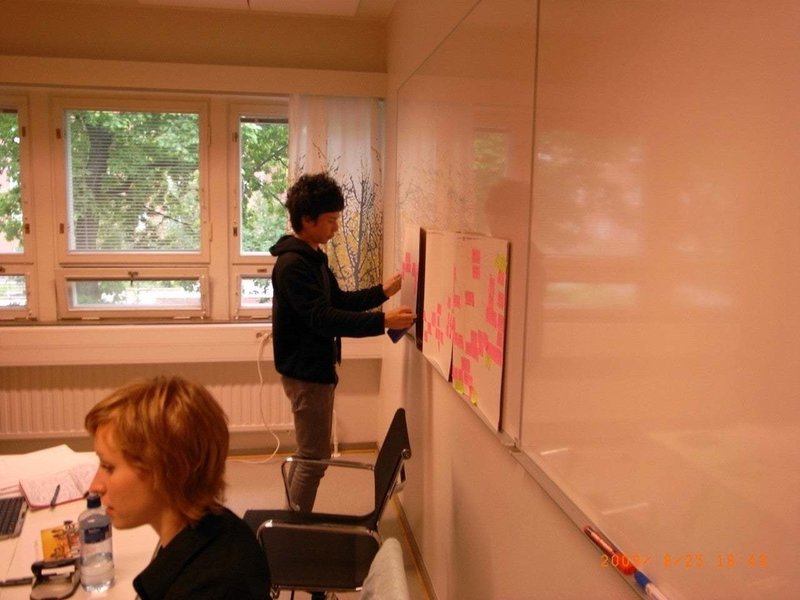
3. At the design site: finding an alternative to whiteboards
—Triggered by your experience in Finland, did you continue to use whiteboards for work?
After I came back from my study abroad and finished my Masters in Kyoto, I started working for a design agency, called GK Kyoto. Actually, there were almost no whiteboards there. The staff were seated quite close to one another, and we didn’t think to use whiteboards in times of brainstorming. Despite still being in the early days of my career, I was given opportunities to take on various work. However, none of them involved working with a whiteboard.
One day, my colleague began using cheaper and lighter material as an alternative to whiteboards such as 900mm×1800mm-sized corriboards and foam core boards bought from the hardware store. It couldn’t be drawn on, but we could stick post-its and map out documents on them. As we used them, the boards would start bending due to humidity and storing conditions, so my colleague bought two aluminum c channels and stuck them into the long sides. It instantly elevated the feeling the boards could more than enough be used as tools. I remember thinking, “This is something!” and soon became a frequent user.
However, the problem for me, was that I could not erase anything I wrote.
One time, we conducted a huge mapping by connecting two of these boards together and using hundreds of post-its, but as always, we could not write nor erase. We tried using masking tape—making them into loops so we could easily add/remove them. Although I obviously was stressed out about it, my everyday work was extremely busy at the time and I didn’t think about using my time to improve the situation.
4. Recognizing the key elements of whiteboards: “carriable” and “idea presenting”
—After that, you had a job-change and belonged to KYOTO Design Lab (referred to as D-lab in the following) at the Kyoto Institute of Technology. Did you discover anything new about whiteboards there as well?
At D-lab, we definitely needed whiteboards in regards to the material surrounding design and innovation, but once again, I didn’t see any being used to its full potential. It was a university setting, so there were whiteboards used for lectures, but they were not being utilized as a platform to cultivate ideas.
In the meantime, I had managed to buy ten ordinary, cheap self-standing whiteboards within my small budget, but these whiteboards wouldn’t fit inside the elevator and were impossible to carry by myself. Having multiple workshops held all over the campus, I needed to frequently carry them around as well. It was a two-man job—carrying down five to ten whiteboards from the fourth floor, and carrying them all up again at the next building. We did this every day.
—This when you realized the necessity for whiteboards to be able to be carried around.
In regards to it being “carriable,” that just meant there was a need for it to be carried around, but at D-lab, “presentation” was also a big keyword.
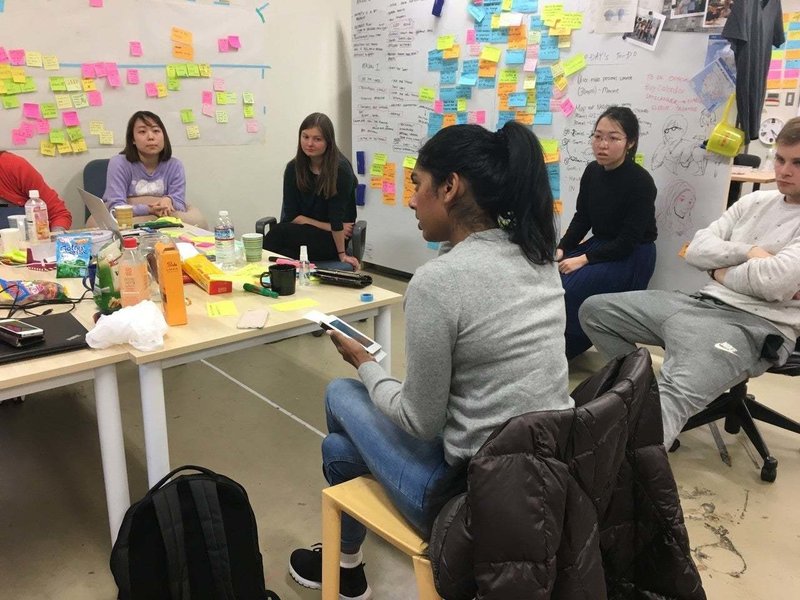
For instance at our university workshops, after removing all chairs from the classroom and creating a cleared-out space, we would place the whiteboards and start brainstorming ideas there. However, since everyone knew that the whiteboards would quickly be covered with sketches and post-its as the process would go on, people would start working near walls or windows so they could secure space. As a result, the center of the whiteboards always remained blank and unused.
Moving onto presentations, the audience would take a tour around these individual workplaces which have been set all around the classroom, or one of the presenters would be holding a piece of paper containing all the post-its which have been replaced from the walls. A four-person team: a single presenter and the other three simply standing there holding the paper. It’s not an unusual sight, but we knew there was something wrong.

Becoming aware of this problem, I decided to make the board my colleague had been working on at my previous workplace. By that time, erasable, cheap foam core boards that had double-side laminating had become available. I added aluminum frames and started using around twenty of them as whiteboards.
Not long after that, some students came up with the idea of taping the top of two boards together (creating an A shape from the side angle), turning it into a product which would stand on its own even when placed in the center of a large, cleared space. When it needed to be moved, all you had to do was hold the board vertically. It could be carried inside an elevator and was easy to carry around. We were still dragging the formal type with wheels across halls, but when used, the A-shaped boards were standing on both of its sides, and people didn’t have to use the walls anymore.
5. Creating “Reassurance”: a board where ideas start to take root
—Did anything change in the workshops by using the A-shaped boards?
Not only did the workshops change, but the environment where everyone was brainstorming ideas drastically improved. We felt comfortable, reassured in pitching our ideas.
—What do you mean by “reassured in pitching your ideas?”
When your speech becomes properly fixed on the board, you feel a sense of reassurance—a sense of belonging, that you can speak up as “someone involved in the scene.” I thought it was inspiring to be able to create such an environment with a tool.
I feel like our skills used inside a business meeting haven't developed since our classroom assemblies in elementary school. If there is something we have improved in, that would probably just be “laying the groundwork.” Bouncing ideas off one another or sharing each other’s knowledge in pursuit of solving a problem is actually an extremely high-skilled meeting process, thus should be moved forward based on rules.
It’s the same as being unable to remember the rules of soccer without having a court to play on. Without preparing a proper place, it’s difficult to embark on an idea-generating meeting based on your experience at your childhood classroom assembly. As we processed our thoughts about ideaboard, our hopes began to shape into the words of “furnishing(equipping)” this proper place where ideas could be created.
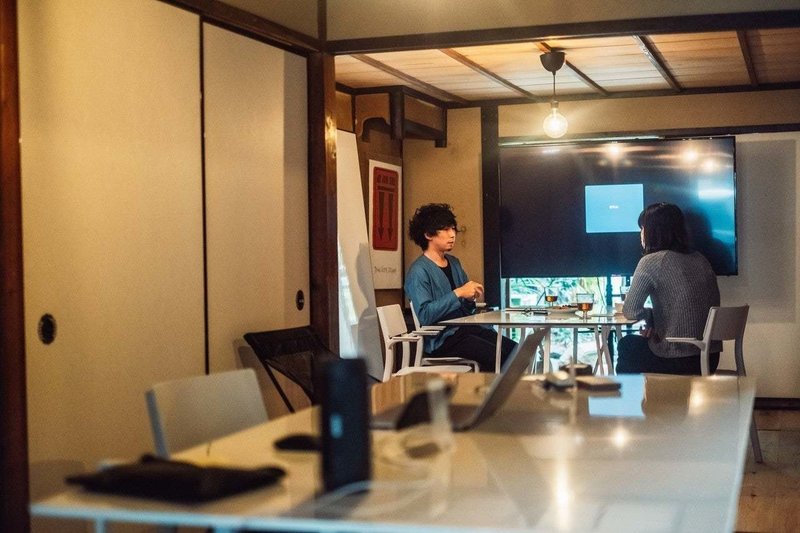
To be continued in “ideaboard Series: Product Development Story #2 ”
(Interview by Mone Nishihama, NINI Co., Ltd., translation by Kyoko Yukioka, NINI Co., Ltd., and photos by Yukiya Sonoda)
▼Click below to see the original Japanese version / 原文はこちら
この記事が気に入ったらサポートをしてみませんか?
